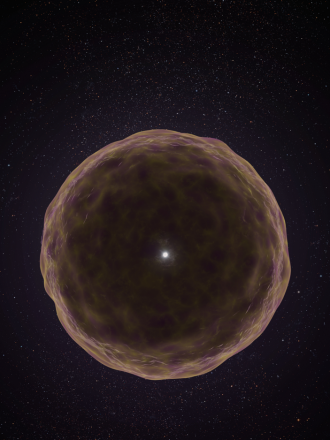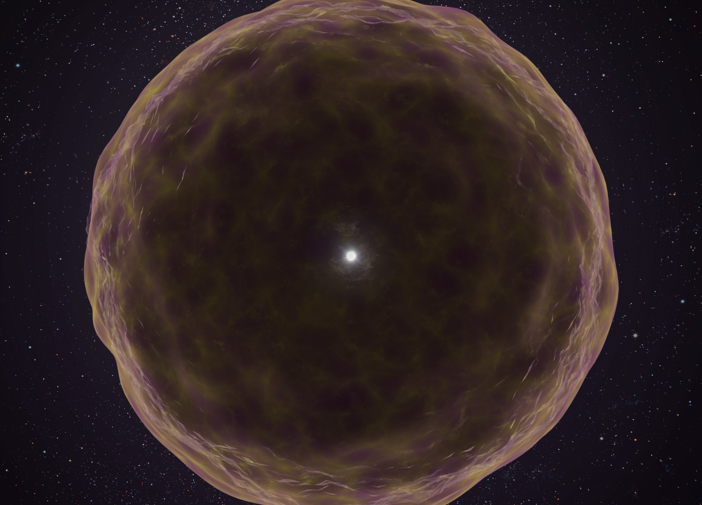Media release
From:
Astronomy: A dying star reveals its structure (N&V) *IMAGE & VIDEO*
A rare cosmic event, in which a star reveals its inner structure as it explodes as a supernova, is reported in Nature this week. The observations offer insights into the evolution of stars and may confirm predictions about the structure of stars nearing the end of their lives.
Massive stars at the end of their lives are predicted to be organized into a structure of shells made up of different elements, with heavier elements expected closer to the core. However, it has been hard to observe these layers as the supernova explosion usually mixes the layers.
Steve Schulze and colleagues report the observation of supernova (SN) 2021yfj in September 2021. The progenitor star appears to have been stripped of most of its outer layers, with the supernova explosion revealing the inner stellar layers. The authors observe a thick, massive silicon- and sulfur-rich shell, expelled by the progenitor shortly before the supernova explosion. However, they also detect helium, which was surprising as it was assumed that this lighter element would have been lost during earlier stages of the supernova. Exposing such an inner stellar layer challenges existing theories about mass-loss and stripping in massive stars, the progenitors of supernova explosions, and suggests that a rare mechanism may have been involved, the authors propose.
Writing in an accompanying News & Views, Anya Nugent and Peter Nugent say that the discovery “…provides direct confirmation that stars have the theoretically predicted shell structure all the way down to their silicon- and sulfur-rich layers.” They add that the findings uncover “…mysteries about how massive stars end their lives.”
Multimedia




 International
International


